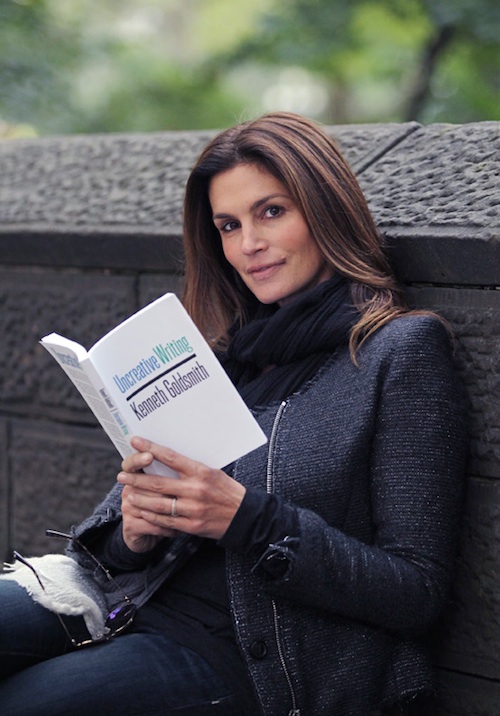Peter Swirski (ed.): The Art and Science of Stanislaw Lem (2006)
Filed under book | Tags: · artificial intelligence, film, literary criticism, literature, robots, science fiction, technology, technoscience

“The Polish science fiction writer Stanislaw Lem, whose works include Return from the Stars, The Cyberiad, A Perfect Vacuum, and Solaris, has been hailed as a “literary Einstein” and a science-fiction Bach. The Art and Science of Stanislaw Lem provides an inter-disciplinary analysis of his influence on Western culture and the creative partnering of art and science in his fiction and futorology by American and European scholars who have defined Lem scholarship.
Rather than analyzing Lem solely as a science fiction writer, the contributors examine the larger themes in his work, such as social engineering and human violence, agency and consciousness, Freudianism and the creative process, evolution and the philosophy of the future, virtual reality and epistemological illusion, and science fiction and socio-cultural policy.
This unique collection also includes “Smart Robots,” a previously unpublished essay by Lem.”
Contributors include Peter Butko, Istvan Csicsery-Ronay Jr, Katherine Hayles, Jerzy Jarzebski, Michael Kandel, Stanislaw Lem, Paisley Livingston, Krzysztof Loska, and Peter Swirski.
Publisher McGill-Queen’s University Press, 2006
ISBN 0773575073, 9780773575073
208 pages
PDF (updated on 2014-12-29)
Comment (0)Kenneth Goldsmith: Uncreative Writing: Managing Language in the Digital Age (2011)
Filed under book | Tags: · appropriation, authorship, conceptual writing, concrete poetry, data, language, literary theory, literature, poetry, technology, text, uncreative writing

“Can techniques traditionally thought to be outside the scope of literature, including word processing, databasing, identity ciphering, and intensive programming, inspire the reinvention of writing? The Internet and the digital environment present writers with new challenges and opportunities to reconceive creativity, authorship, and their relationship to language. Confronted with an unprecedented amount of texts and language, writers have the opportunity to move beyond the creation of new texts and manage, parse, appropriate, and reconstruct those that already exist.
In addition to explaining his concept of uncreative writing, which is also the name of his popular course at the University of Pennsylvania, Goldsmith reads the work of writers who have taken up this challenge. Examining a wide range of texts and techniques, including the use of Google searches to create poetry, the appropriation of courtroom testimony, and the possibility of robo-poetics, Goldsmith joins this recent work to practices that date back to the early twentieth century. Writers and artists such as Walter Benjamin, Gertrude Stein, James Joyce, and Andy Warhol embodied an ethos in which the construction or conception of a text was just as important as the resultant text itself. By extending this tradition into the digital realm, uncreative writing offers new ways of thinking about identity and the making of meaning.”
Publisher Columbia University Press, 2011
ISBN 0231149913, 9780231149914
272 pages
Interviews with author: CUP blog (2011), Mark Allen (The Awl, 2013).
Reviews: Andrea Quaid (American Book Review, 2011), Sam Rowe (Full Stop, 2011), Stephen Burt (London Review of Books, 2012), Amelia Chesley (J Electronic Publishing, 2012), Michael Jauchen (HTMLGiant, c2012), Grant Matthew Jenkins (James Joyce Quarterly, 2012), Andrew McCallum (English in Education, 2013).
Commentary: Special section of American Book Review dedicated to uncreative writing (ed. Doug Nufer, 2011).
HTML (added on 2016-03-01)
EPUB (updated on 2015-10-9)
Friedrich A. Kittler: Literature, Media, Information Systems: Essays (1997)
Filed under book | Tags: · information theory, literary theory, literature, media theory, philosophy, technology

An early collection of the writings of Friedrich Kittler in English translation.
The following essays are included: “Gramophone, Film, Typewriter”, “Dracula’s Legacy”, “Romanticism–Psychoanalysis–Film: A History of the Double”, “Media and Drugs in Pynchon’s Second World War”, “Media Wars: Trenches, Lightning, Stars”, “The World of the Symbolic–A World of the Machine”, “There Is No Software” and “Protected Mode”.
Edited and Introduced by John Johnston
Publisher OPA, Amsterdam, 1997
ISBN 9057010712
192 pages
PDF, PDF (updated on 2017-5-2)
Comments (5)
